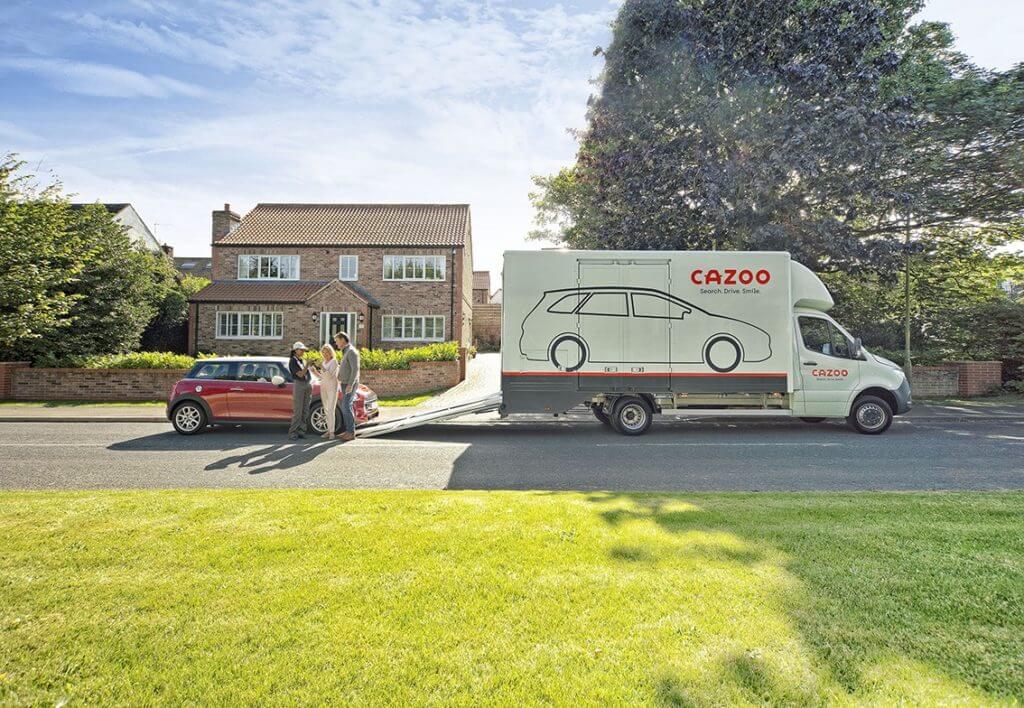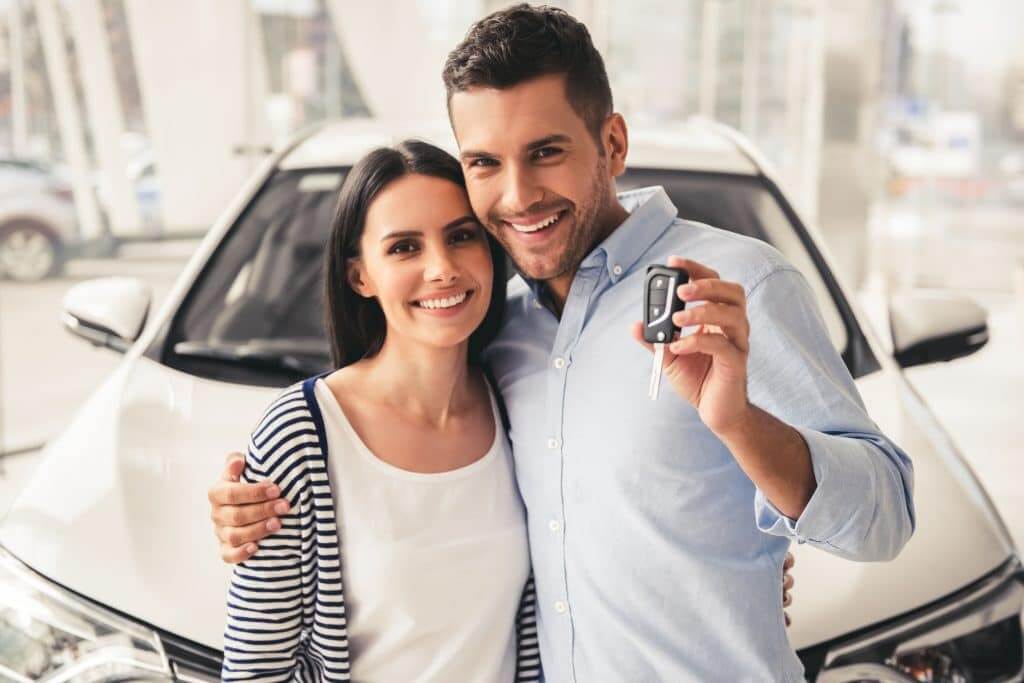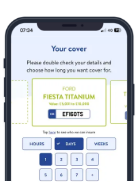Lockdown restrictions have fuelled a sharp rise in fully-digital second hand car purchases – a concept that would have seemed unlikely even just a year ago. According to our latest research, fully-digital second hand car purchases have increased 15-fold among those surveyed.
Prior to lockdown, half of those surveyed (50%) bought second hand cars in person. 45% had a digitally assisted purchase (combination of online tools and an in-person viewing of the car). Just 4% had a fully digital purchase journey, only physically seeing their car after it had been bought.
Since the start of the pandemic, one in six (17%) of those surveyed had purchased a second hand vehicle. Almost two-thirds (64%) of those who made the purchase opted for the fully-digital experience. Digitally assisted purchases came in at 20%. Physical transactions at 15% – no surprise given the ongoing stringent social distancing measures.
Consumers support the shift
When asked if a fully digital purchase journey would benefit the consumer, 57% of those surveyed were in favour. Drivers aged 31 to 40 are most in favour of fully digital transactions, with 64% saying it will benefit the consumer. Drivers aged 61+ are least in favour (44%) and prefer the more traditional approach.
Although 4 in 10 (42%) respondents are not looking to change their car any time soon, the rise of the digital dealership in the UK is clearly evident. Cazoo was the first fully-digital platform to enter the market in late-2019. Since lockdown, there has been significant investment in new market entrants such as Cinch and Carwow. Traditional dealerships such as Arnold Clark now offer an entirely digital purchase journey as part of their offering too.
Arnold Clark finance director Jim Graham says car retailers have had to quickly adapt since the March lockdown to survive. “The automotive industry has changed dramatically in 2020. Even just a year ago, the opportunities to buy a car online were virtually non-existent. Despite the challenges the industry is facing, it’s important to keep customers safe and also offer them a seamless digital buying experience with a choice of handover options including contactless Click & Collect and free home delivery.”
Digital car insurance for digital car purchases
Car insurance is also undergoing a digital shift, with some digital vehicle sales including temporary insurance policies as part of the purchase journey. This eliminates the burden of investing additional time and money to find short-term cover or committing to annual cover on the spot. However, it is clearly still a nascent offering, with just 6% of those surveyed stating that a temporary policy was included in the vehicle sale.
When it comes to arranging insurance for their recently-purchased vehicle, there is an equal balance between telephone and online as the preferred method (48% each). Nearly a third of those (28%) said they wait up to ten minutes for their policy to be confirmed. A further 22% wait as long as 20 minutes to get cover. According to Tempcover founder and former CEO Alan Inskip, temporary insurance could be more time and cost effective in this situation too.
He said: “With a temporary insurance policy, drivers can obtain quotes for fully-comprehensive cover in 2 minutes through an entirely digital process. This fits in line with the evolving consumer purchase trends. It also takes the stress out of searching for annual insurance on the spot and provides the driver with near instant cover so that they can immediately drive their new car. The driver then has the opportunity to thoroughly research the best annual policy to suit their needs. An added benefit is there’s no risk to any existing No Claims Discount, as it’s a separate and standalone policy.”
Interested in learning more? Get your temporary car insurance quote today!
Our research is based on a survey of 2,016 UK drivers from 26-27 October 2020.





